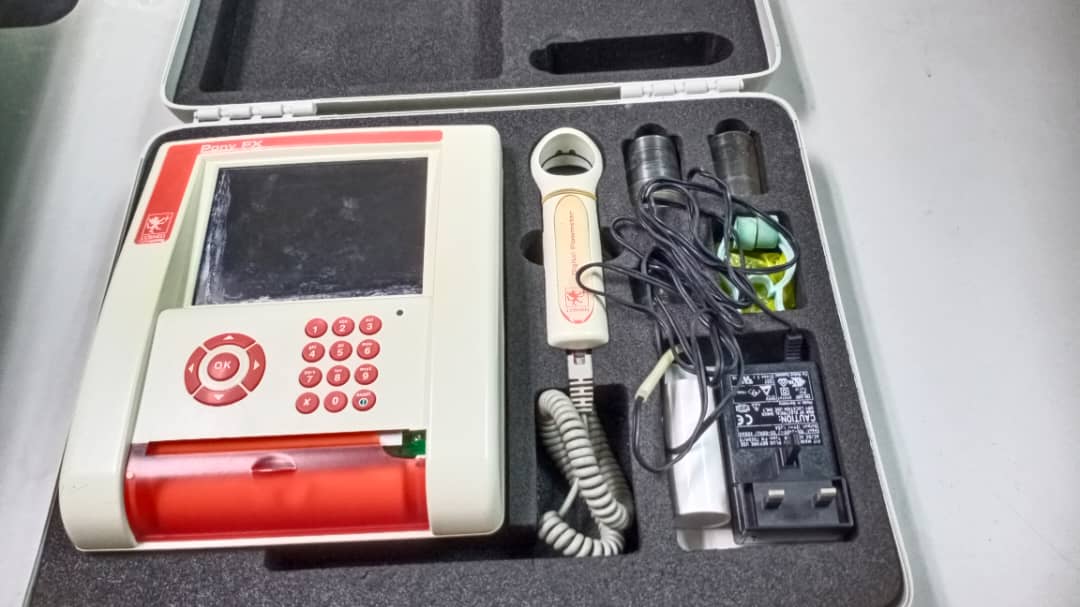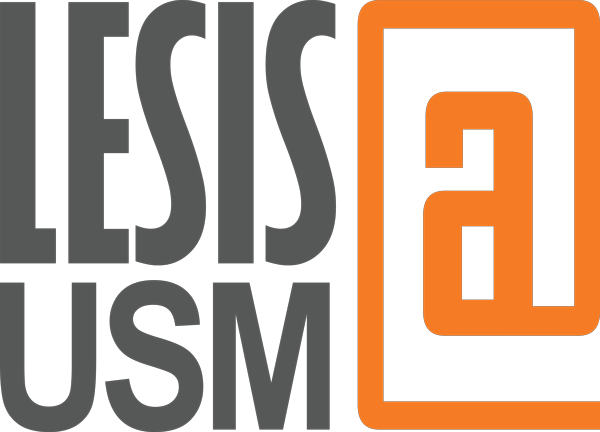


Laboratory Equipment & Services Information System
by Centralized Laboratory Management Office (CeLMO)
A spirometer is a medical device used to measure the volume of air inspired and expired by the lungs. It's commonly used in pulmonary function testing (PFT) to assess lung function and diagnose respiratory conditions such as asthma, chronic obstructive pulmonary disease (COPD), and pulmonary fibrosis. Spirometry involves the individual breathing into the spirometer's mouthpiece, typically following a specific pattern of inhalation and exhalation as instructed by a healthcare professional. The spirometer measures parameters such as forced vital capacity (FVC), forced expiratory volume in one second (FEV1), peak expiratory flow rate (PEFR), and others. These measurements help healthcare providers evaluate lung function, assess the severity of respiratory conditions, monitor disease progression, and determine treatment effectiveness. Spirometry is a valuable tool in managing respiratory health and guiding therapeutic interventions.
In addition to the basic usage instructions, here are some additional details about spirometers: Types of Spirometers: Desktop Spirometers: These are larger units typically found in clinics, hospitals, and pulmonary function testing laboratories. They offer a wide range of features and can perform advanced pulmonary function tests. Handheld Spirometers: These are portable and compact units suitable for use in various settings, including clinics, primary care offices, and field studies. They are convenient for quick assessments of lung function. Incentive Spirometers: These spirometers are designed to encourage deep breathing and lung expansion, often used in postoperative care to prevent atelectasis and respiratory complications. Peak Flow Meters: While not technically spirometers, peak flow meters are handheld devices used to measure peak expiratory flow rate (PEFR) and are commonly used by patients with asthma to monitor their lung function at home. Advanced Features: Some spirometers offer advanced features such as Bluetooth connectivity for wireless data transmission to electronic medical records (EMRs) or other devices. Spirometers may have built-in interpretation algorithms that assist in analyzing test results and diagnosing respiratory conditions. Some spirometers can perform various pulmonary function tests beyond basic spirometry, including lung volume measurements, bronchodilator reversibility testing, and diffusion capacity testing. Quality Assurance and Calibration: Regular calibration and quality assurance checks are essential to ensure the accuracy and reliability of spirometer measurements. Spirometers should be calibrated according to the manufacturer's recommendations and may require periodic calibration checks using a calibration syringe or certified calibration gases. Training and Certification: Proper training is crucial for healthcare professionals performing spirometry tests to ensure accurate and consistent results. Many healthcare organizations and professional societies offer spirometry training courses and certification programs to ensure competency in spirometry testing. Patient Education: Educating patients on the importance of spirometry testing and how to perform the test correctly can improve the quality of spirometry results. Patients may need guidance on how to achieve optimal effort during the test, including the importance of sealing their lips tightly around the mouthpiece and exhaling forcefully and completely. Clinical Applications: Spirometry is used in various clinical settings, including respiratory medicine, pulmonology, primary care, occupational health, and sports medicine, for diagnosing and managing respiratory conditions such as asthma, chronic obstructive pulmonary disease (COPD), and interstitial lung disease. It is also used for preoperative assessments, assessing fitness for surgery, and evaluating the effects of occupational or environmental exposures on lung function. Understanding these additional aspects of spirometry can contribute to more effective and informed use of spirometers in clinical practice and research.
Using a spirometer typically involves several steps to ensure accurate measurements of lung function. Here's a general guide on how to use a spirometer: Preparation: Ensure the spirometer is clean and ready for use according to the manufacturer's instructions. Calibrate the spirometer if required, following the manufacturer's guidelines. Patient Preparation: Explain the procedure to the patient and ensure they understand what is expected of them. Instruct the patient to sit upright with good posture, with their feet flat on the floor. If applicable, remove any tight clothing that might restrict chest movement. Baseline Measurement: Instruct the patient to take a deep breath in and then exhale as forcefully and completely as possible into the mouthpiece of the spirometer. The patient should seal their lips tightly around the mouthpiece to prevent air leakage. This initial measurement establishes the patient's baseline lung function. Performing Spirometry: Once the patient is ready, start the spirometry test. Instruct the patient to take a deep breath in (inspiration) and then exhale as forcefully and completely as possible (expiration) into the spirometer mouthpiece. Encourage the patient to exhale for as long and as forcefully as they can, aiming to empty their lungs completely. Some spirometers may have visual or auditory cues to guide the patient during exhalation. Repeat the test at least three times to ensure consistency and accuracy of measurements. Interpretation: Review the spirometry results to assess lung function parameters such as forced vital capacity (FVC), forced expiratory volume in one second (FEV1), peak expiratory flow rate (PEFR), and others. Compare the patient's results to reference values appropriate for their age, height, gender, and ethnicity. Interpret the results in conjunction with the patient's medical history and symptoms to assess lung function and diagnose respiratory conditions if necessary. Documentation: Record the spirometry results in the patient's medical record, along with relevant patient information and any notes about the test procedure or patient effort. Post-Test: Provide feedback to the patient on their performance during the spirometry test. Answer any questions the patient may have about the test results or procedure. Cleaning and Maintenance: Clean and disinfect the spirometer mouthpiece and any reusable accessories according to the manufacturer's instructions. Store the spirometer in a clean and dry environment, following any specific storage recommendations provided by the manufacturer. It's important to follow the specific instructions provided by the spirometer manufacturer and any guidelines or protocols established by healthcare regulatory bodies or professional organizations when performing spirometry. Additionally, proper training and certification may be required for healthcare professionals conducting spirometry tests.
- Manufacturer
- Brand
- COSMED
- Model
- COSMED
- Year Manufactured
- Year Procured
- 2007
- Department
- PUSAT PENGAJIAN SAINS KESIHATAN
- Location
- Ppsk-blok A > Satu > Kpp
- Date Registered LESIS
- 29/02/2024
- Category
- Function
- Booking,
- Category
- Staff operated
- Equipment Status
- Good
Person In-Charge


